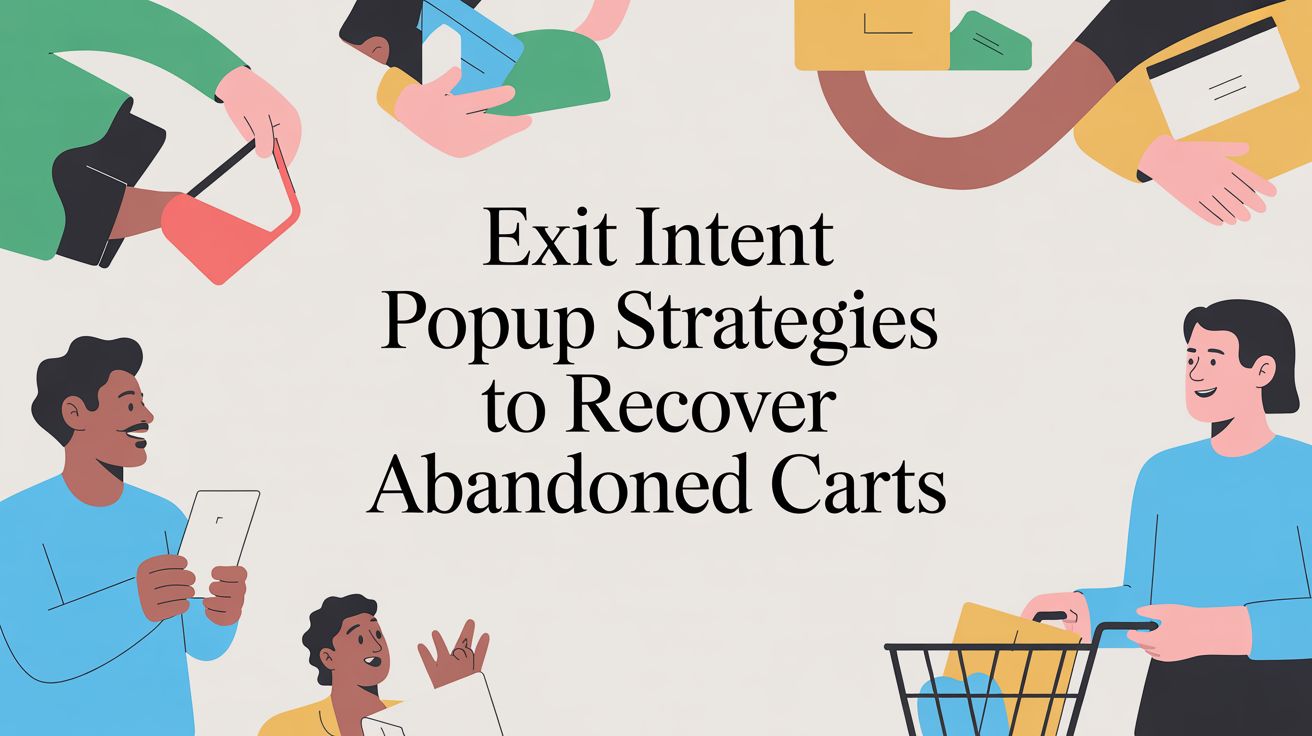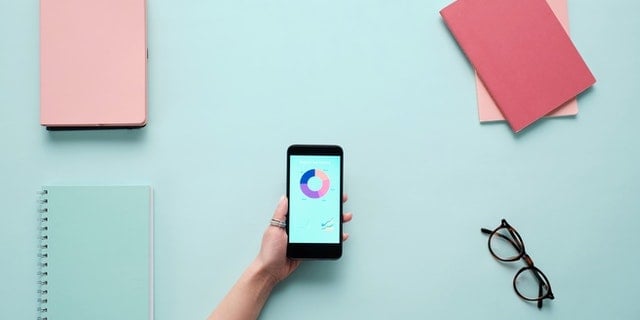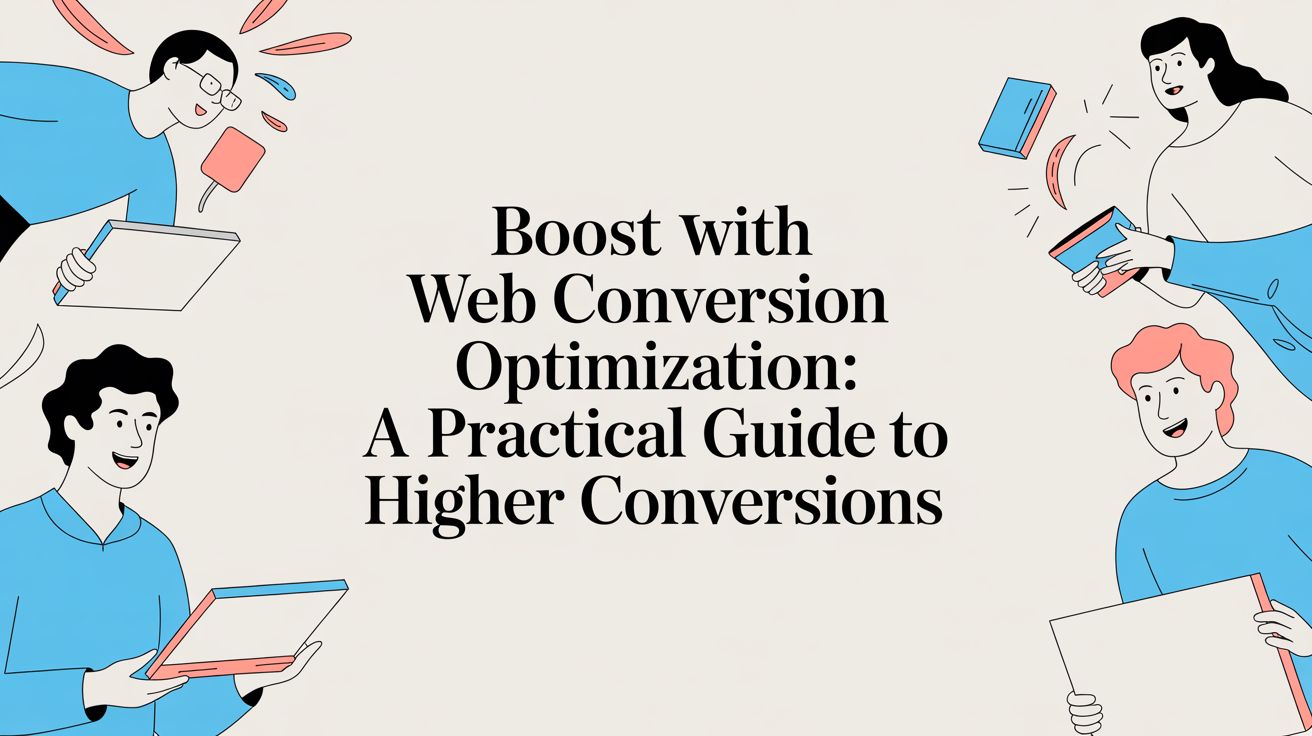
Personalization in B2C marketing: A guide to getting started

I’ll let you in on a little marketing secret: If something comes up often in this field, it’s probably worth paying attention to.
In the last three months, I’ve written about personalized marketing three times. This blog makes four. It hasn’t been on purpose, I haven’t intentionally gone after the subject — if anything, it’s come after me.
Each week, I speak with expert after expert about every marketing topic under the sun — SMS marketing, loyalty programs, consumer psychology and more — and in true marketing fashion, everything seems to interconnect. Certain topics, like personalization, come up again and again.
I’ve learned a thing or two about personalized marketing as a result and feel it’s my duty to share that knowledge with you. Here's what we'll go over in this guide:
What is personalization in marketing?
How is personalization used in marketing?
Personalization by marketing channel
1. Personalization in email marketing
2. Personalization in text message marketing
3. Personalization in mobile app marketing
4. Personalization in loyalty programs
5. Personalization in social media marketing
The role of consumer psychology in personalization
The connection between personalization and consumer incentives
What is personalization in marketing?
Personalization is the act of creating tailored marketing content that specifically caters to the needs and wants of your audience. Determining the best personalization marketing strategies will be heavily based on your brand persona (the personality traits attached to your brand), your customers and the data you receive from customers.
How is personalization used in marketing?
Personalization isn’t a one-size-fits all approach to marketing. It is, after all, designed to make each of your customers feel appreciated. In order to incite that response, you’ll have to craft personalized campaigns that work well for each of your channels. What resonates most with your social media followers might not be the best fit for your loyalty program members, so personalizing your marketing messages can help ensure that everyone gets value out of your promotions.
Personalization by marketing channel:
1. Personalization in email marketing
Personalizing your email marketing is a great way to boost engagement and increase your conversion rates. You can do this by creating personalized subject lines, segmenting your audiences, sending messages based on a customer’s shopping habits and more.
Whatever the tactic, you want to keep two things in mind: Your email marketing must be simple and provide value. The more complex your content is, the less likely you are to be providing your audience with information they’ll find valuable. When your messages are written clearly, your customers can easily understand your message and benefit from the content.
In most cases, the work of figuring out what emails will personally impact your customers is already done for you with the help of user data. The information you gained from your email list (preferences, interests, demographics, etc.) can guide you on what marketing messages will result in the opens and impressions you’re looking for.
(Get more key knowledge on implementing personalization into your email marketing.)
2. Personalization in text message marketing
Incorporating personalization into your text message marketing is a no-brainer. Just think about it: A person’s phone is one of their most personal possessions.
As with any other personalization technique, you want to be sure your marketing messages are providing value to your customers at all times. But that doesn’t mean you should send messages at all hours of the day or night. Your messages should be timely and only include material that matters to your customers. Short and simple messages work best.
Also, don’t be afraid to speak to your customer directly. Sending them a message saying hello, using their name or pronouns, and giving relevant information on campaigns is not only very helpful, but a great personalization tactic.
(Learn more about personalization and other elements of a strong SMS marketing campaign.)
3. Personalization in mobile app marketing
With any user-facing app, its success is contingent upon the user experience. Are they getting what they need? Is the app fulfilling its purpose?
There are millions of mobile apps out in the marketplace, but only so many that can offer exclusivity through the form of personalized marketing.
Give real-time updates on orders, notify your customers of changes in their wishlist and recommend items they might like as part of your personalization strategy.
4. Personalization in loyalty programs
The poster channel for personalized marketing, loyalty programs are the optimal platform for providing customers with relevant information.
Personalized marketing allows your customers to feel like they're being prioritized while shopping. They can have full confidence in their shopping experience because they know you care about making sure everything goes off without a hitch.
You can offer personalized rewards, recommend products based on your customer’s shopping history, celebrate customer milestones with special perks and so much more.
(Learn more in this all-encompassing guide on loyalty programs.)
5. Personalization in social media marketing
If you’re looking for a crash course in digitized personalization, social media just might be the greatest teacher you’re ever going to get (seriously, people have raised questions about how personal it gets on some of these platforms).
Social media is filled with tons of content consumers find interesting enough to comment on, like and follow, and each interaction provides a little more insight into their interests. This isn’t the only source of information you can use to better personalize your content, either. There’s data analytics that come with social media, too.
Personalized social media campaigns can come in the form of recommendations, polls and surveys, comment sections and more.
(Learn more about social media marketing.)
The role of consumer psychology in personalization
As you do proceed with personalization on each marketing channel, it can be helpful to understand some of the consumer psychology behind it.
Personalization and psychology go hand-in-hand. Brain science helps marketers best determine the needs of consumers and how to go about solving them. Considering how personal your consumers’ needs are, having a grasp on consumer psychology is essential to making sure the experience you provide is useful.
Personalized experiences are simple, and if you know anything about the psychology of simplicity, then you know how deeply consumers crave it. When something is personal to consumers and they can clearly see its benefits, they know why it should matter to them and what it’ll take for them to engage. It’s easy to navigate and they'll have no qualms about doing it again.
(Learn more about consumer psychology.)
The connection between personalization and consumer incentives
Customer incentives are a great mechanism for promoting brand loyalty and increasing customer satisfaction — and personalization strategies have a lot to do with this. Incentives are designed to motivate consumers to take forward action and participate in promotions.
The most attractive incentives, according to brain science, thrive based on their proximity to consumers. In other words, incentives must be familiar, align with your consumers’ cultural identity and have meaningful ties to your consumers. Personalized incentives include the following: discounts on items your customers purchased previously, loyalty points, time-specific gifts and more.
Incentives are a gift from your brand to your customers, and in some cases, they’re a gift from your customers to the people they care about. In either case, the most effective gifts are those that are authentic to the recipient's interests. Gifts are personal, so your incentives should be as well.
(Learn more about consumer incentives.)
Believe it or not, this is only a small portion of where personalization in marketing can go.
Personalization is no small topic ,and you can be sure that we’ll continue to give it it’s just due. Stay tuned to this post for more.

Lindsay Keener is a brand journalist for Quikly. She covers stories that help to inform and educate consumer-facing marketers.

